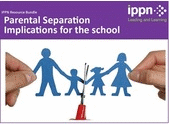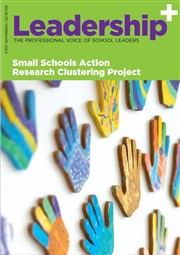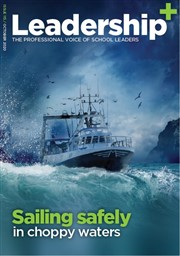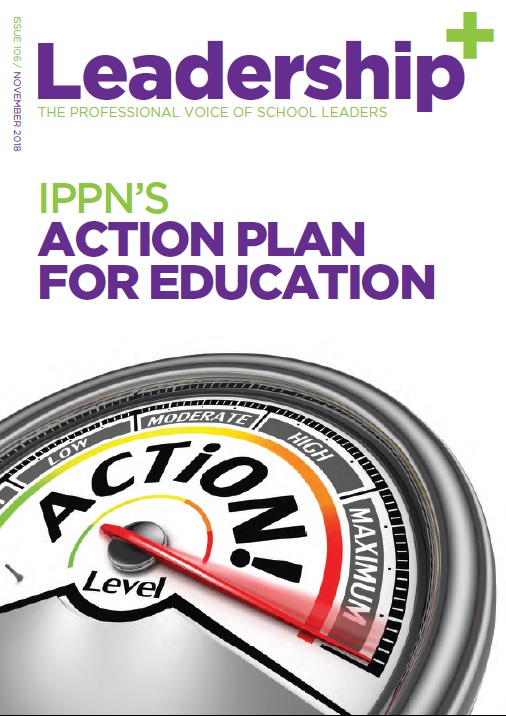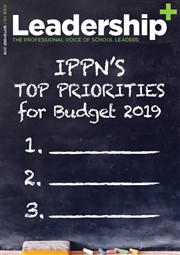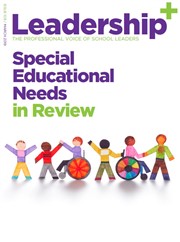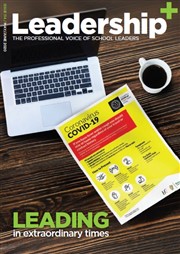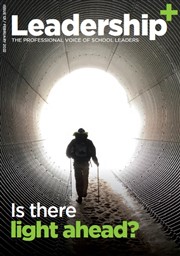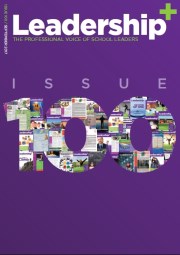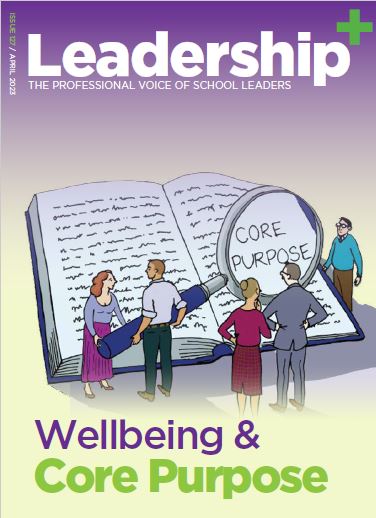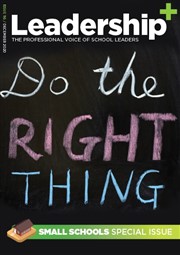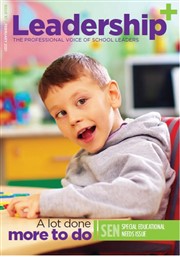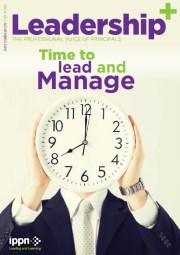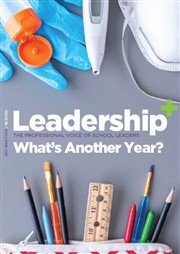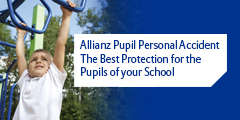Employing Substitute Teachers – What you need to Know
- Published: 13 September 2018
It is a school leader’s responsibility to check the below information before permitting a substitute teacher to enter a classroom. In any case where there is doubt, there is no obligation on the school leader to provide employment.
What does a substitute teacher need to provide?
- A copy of their teaching qualification certificate
- Teaching Council registration number
- Vetting Disclosure (Circular 31/2016)
- Statutory Declaration Form & signed Form of Undertaking (Circular 31/2016)
- Photo identification e.g. driving licence or passport
- PPS Number
- Contact details of relevant recent employers for independent reference checking
Schools that recruited a short-term substitute teacher for the end of August, can amend their school calendar on OLCS to permit the payment of the substitute teacher on these dates. Please contact OLCS by phone 090 64893779 for guidance on how to amend your school calendar on the system.
SNAs – Practical Guidance
- Published: 13 September 2018
What is the working day of an SNA?
Full day SNAs are paid for 32 hours. You would think that this should be straight forward if you divide 32 hours by 5. This gives 6 hours 24 minutes per day. However, the pupil is only in school for 5 hours 24 minutes per day. The confusion arises in the difference here, with IMPACT arguing that the SNA should only be working the lesser (5 hrs 24 mins). The latest phrase quoted from the union is for the SNA to work Bell to Bell. This is not stated in any circular. The SNA has to be in school to receive their pupil(s). For most schools this is 10 - 15 minutes before hand. The same rule applies in the evening where they must tidy up, etc. after their pupil(s). This then equates to 30 - 31 hours actually worked by SNA. The amount of time that an SNA has to be in before and after school is set down by the Board of Management. It would be much better and cleaner if the DES stated that the SNAs have to work 32 hours, but they don't. If you ask them they actually say it is up to the BoM. For the full-time infant, subtract 1 hour per day. SNAs on an infant day work in reality between 25 - 26 hours. This is made up of the infant day in school (4 hours 24 minutes per day) and then add on your 10-15 minutes before and after school. An SNA employed for infant hours is required to complete 57 hours 40 mins for their Croke Park hours. Half of an SNA is 16 hours. All figures are worked out on the basis of the 32 hours.
What breaks should SNAs get?
Almost every school applies the breaks to SNAs as the teachers get. This is a 10-minute coffee break in the morning and a 30-minute lunch break. I am not aware of any circular outlining the break times. A school could apply Labour Law which governs every worker in Ireland. This states that a worker is entitled to a 15-minute break after 4 hours 15 minutes. How-ever it does not necessarily make for good staff relations if you treat SNAs differently in terms of breaks as you would teachers.
Who assigns the SNA to their pupils?
There are very few SNAs in schools now assigned to just one pupil. The norm now is the SENO grants access to an SNA for a number of pupils. It is at the discretion of the principal, as the day to day manager of the school, acting on behalf of the BoM, when & where the SNA works, and with whom the SNA works. All SNAs are generally required to do supervision. One of the key areas for supervision is yard duty. Where SNAs do this they then normally take their break afterwards.
SNAs are appointed to schools. There are very few SNAs, if any, left in the system that are on child specific contracts. SNAs had to make a decision in 2005 whether to go on the new school contract or opt for a child specific contract. There is flexibility for the principal to assign SNAs to best meet the needs of the school and to work with other pupils. Indeed, many schools would have a programme whereby the 'designated' pupil(s) are given some independence and not totally dependent on an SNA. There would be issues if an SNA was designated to do work not associated with a SEN pupil, such as making the tea, or coffee, or secretarial work. There should not be a problem for an SNA to be working with other SEN pupils or preparing work under the direction of the teacher such as photocopying or flash cards, etc. Bear in mind that SEN pupils cover a wide range from Low Incidence pupils to pupils below the 10% rank, traveller pupils, non-national pupils.
What should the school do when a child for whom the school has been allocated SEN resources leaves the school?
Upon confirmation of a letter or notification from another school that a pupil is now enrolled there, the school should inform the SENO that this pupil has moved from their school. It is highly likely that this other school will apply for SEN resources, especially if the pupil requires an SNA.
What to do if parents communicate with the SNA instead of the classroom teacher?
There should be very clear role definition for teachers, SNAs and parents. Very often there are no guidelines or protocols in place for SNAs, or indeed for parents. In-house training should be provided for all SNAs in what to do in such a situation. Contact between the SNA and the parent is normal in handing over or receiving a child. The query or contact might be as simple as toileting or some other care issue. It is not a problem for the SNA to answer this. The SNA should be instructed to inform the parent in relation to any other questions that they really have to talk to the teacher. A meeting with parents of all special needs children should also be held to outline the protocol to be used when dealing with queries in relation to their child.
What are acceptable/unacceptable SNA duties? Can these be reviewed, if so how/how often?
SNAs are recruited specifically to assist schools in providing the necessary non-teaching services to children with special educational needs who also may have additional and significant care needs. SNA support promotes the inclusion of SEN pupils in a mainstream setting with the minimal disruption to class or teaching time.
The duties of an SNA are non-teaching in nature and are listed in Appendix 1 of DES Circular 15/2005 - Contract of Employment for Special Needs Assistants. Their duties are assigned by the Principal acting on behalf of the BoM. Their work is supervised either by the Principal or another teacher as determined by the Principal. Those duties include, but are not limited to:
Preparation and tidying up of classrooms
Assisting school children to board and alight from school buses. Where necessary travel as a bus escort during school hours on school buses may be required
Assisting children with particular difficulties e.g. helping special needs pupils with typing or writing or computers or other use of equipment
Assistance with clothing, feeding, toileting and general hygiene and being mindful of health and safety needs of the pupil
Assisting on out-of-school visits, walks, examinations and similar activities
Assisting the teachers in the supervision of pupils during assembly, recreation and dispersal from the classroom
Accompanying individuals or small groups who may have to be withdrawn temporarily from the classroom
General assistance to the class teachers, under the direction of the Principal, with duties of a non-teaching nature. (Note: Special Needs Assistants may not act as either substitute or temporary teachers. In no circumstances may they be left in sole charge of a class or group of children)
Participation with school development planning, where appropriate and co-operation with any such changes to policies and practices arising from the school development process
Engagement with parents of special needs pupils in both formal and informal structures as required and directed by school management
Other duties appropriate to the grade as may be determined by the needs of the pupils and school from time-to-time. SNAs may be assigned to other work appropriate to the grade when special needs pupils are absent or when particular urgent works demand otherwise.
Child Protection for the New School Year
- Published: 13 September 2018
Basic Documentation and Admin
- Ensure that the school’s Child Safeguarding Statement (including the Risk Assessment) is prominently displayed
- Consider, with staff, if any items need to be added to or removed from the Risk Assessment. Ensure any suggested changes are endorsed by the BoM and recorded in the BoM minutes
- Ensure that the names of the DLP and DDLP are prominently displayed close to the Child Safeguarding Statement
- Ensure that the names of the DLP and DDLP are recorded in the BoM minutes
- Ensure that all Staff, including newly appointed or Substitute Staff have a copy of the Child Safeguarding Statement
- Ensure that the BoM recording of Staff Training, including BoM members’ training is updated to account for the initial training of newly appointed and
- Substitute Staff as well as the revision of training for existing Staff
- Ensure that you have a clear system for coding Pupils, Parents and Staff in the event of recording a Child Protection Concern and that the DDLP and Chairperson have access to it
- Ensure that you have a secure location to store Child Protection Concern Reports and Records and that the DDLP and Chairperson have access to it
Basic Training
- Ensure that all Staff and BoM members have availed of the Tusla Children First e-learning programme, particularly Newly Appointed personnel.
- Review Staff knowledge of:
- the various types of abuse
- the thresholds of concern for each
- concerning circumstances associated with abuse
- Review staff knowledge of school procedures for reporting concerns of abuse - discuss some ‘what if’ scenarios.
- Ensure that the BoM is aware of its obligations in relation to Oversight of Child Protection in the school. In particular, it would be useful to discuss
- Oversight v Investigation
- Confidentiality





